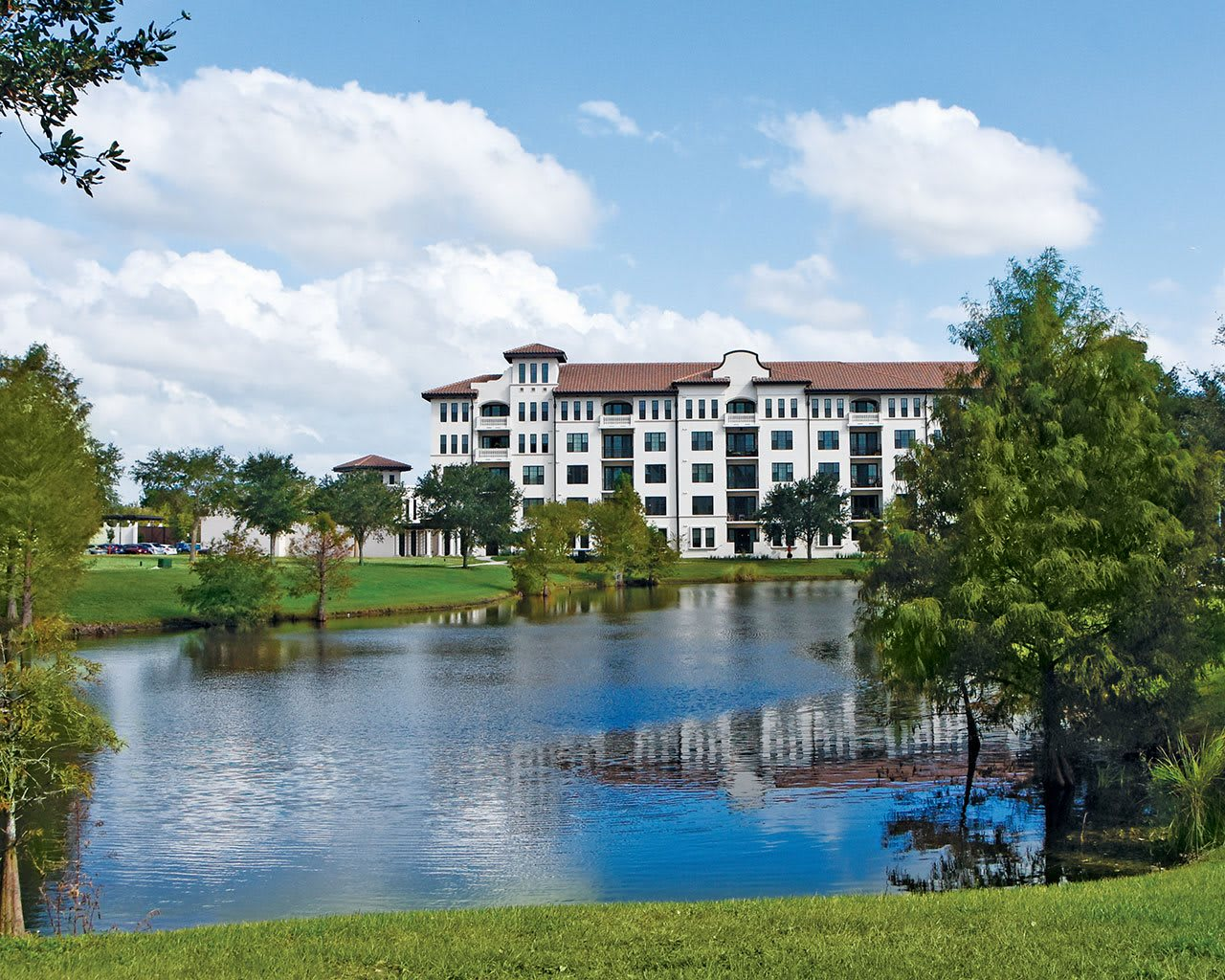How Do You Pay For Assisted Living Facilities?

Assisted living facilities offer elderly residents and others the opportunity to live in a safe, comfortable environment. Whether you are a resident looking to move in or a family member looking to provide the appropriate care for an elder, there are several ways to pay for this assistance.
Security of Assisted Living Facilities
Assisted living facilities provide senior citizens with a safe place to live. This is a vital service to the elderly community. However, these facilities face many security threats.
For assisted living facilities, one of the top concerns is theft. Often, residents’ personal belongings are stolen. Fortunately, several measures can be taken to prevent this from happening.
One of the best solutions for this problem is video surveillance. Many ALFs install security cameras in the facility. These cameras are designed to keep a watchful eye on visitors and residents. They help increase overall facility security and reduce liability claims.
Another way to combat theft is to install high-security locks. The locks will restrict entry to patients and staff.
Ten assisted living facilities are located in Winter Park, and 76 more are nearby. Winter Park’s average monthly cost for assisted living is $3,775. The national median is $3,775, so this is less than that. Find Winter Park assisted living facilities online to aid in your search.
Cost in the U.S.
Assisted living costs vary widely. Some communities offer an all-inclusive pricing model, which allows residents to pay one monthly fee and still receive the services they need. However, some facilities charge additional fees for additional care services. The price will depend on the size of the apartment, the number of residents, and the amenities the facility provides.
Costs for assisted living are usually much lower than nursing home costs. This is because assisted living facilities lack the public subsidies of nursing homes. In addition, fewer medical services are offered.
Assisted living facilities can be an excellent resource for seniors with more complex medical needs. But prices can be challenging to compare.
Cost in Rural Areas
The cost can vary regarding assisted living facilities in rural areas. You will pay for an assisted living facility anywhere from about $3,000 to $7,000. It’s common for people to pay for this care out of pocket, but it’s also a good idea to look into insurance options.
A joint federal-state program, Medicaid will help cover some costs but not all. Some states offer alternative programs to help pay for room and board, but it’s best to check with your state’s website.
Medicare is not designed to cover the expenses of assisted living. However, it does cover the medical services associated with assisted living.
Coverage May Be Eligible For an Income Tax Deduction
Assisted living can be expensive, but the IRS has a few ways to help you deduct your expenses. Whether you are an assisted living resident or the caretaker of a loved one, you may be eligible for a tax deduction.
Assisted living costs include a portion of the housing, food, and services provided to residents. Some of these costs are deductible as medical expenses. Assisted living communities have a variety of rules that will determine how much of the monthly service fees are deductible.
The best way to determine what is deductible is to ask the community. They can provide an itemized list of all the medically relevant services. If they cannot give you this information, you should speak with a tax advisor.
Shared Living is More Cost-Effective Than a Single-Room or Apartment
Assisted living can be an expensive proposition. Prices can vary by location, level of care, and amenities. Some ALFs charge a fixed rate for a single room, while others are ad hoc, allowing residents to pay on an as-needed basis.
The cost of living can rise as much as 3 to 6 percent annually. A studio apartment is one of the cheapest ways to afford a high-quality assisted living experience. These units offer restaurant-style dining, cable television, and wi-fi. They also come with paid utilities and transportation. However, these apartments are smaller than their larger counterparts.
Medicaid Benefits Vary By State
Many different Medicaid programs are available to assist seniors in assisted living facilities. The federal government sets the parameters, but each state has a degree of flexibility to determine eligibility.
There are also state plans, waivers, and other programs that may cover costs. If you are still determining your eligibility, contact your State Medical Assistance Office. You should have an assessment done by a nurse, who will decide which type of assistance you need.
Assisted living residences will often allow third-party caregivers to help you. These caretakers are paid by Medicaid, but they are not employees of the assisted living residence.
To qualify for Medicaid, you will need to meet specific financial requirements. The federal poverty line is $14,580 for one person and $50,600 for eight people. Those who make less than 100% to 200% of the FPL may qualify for Medicaid programs.



